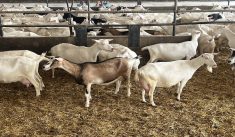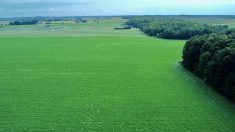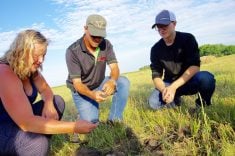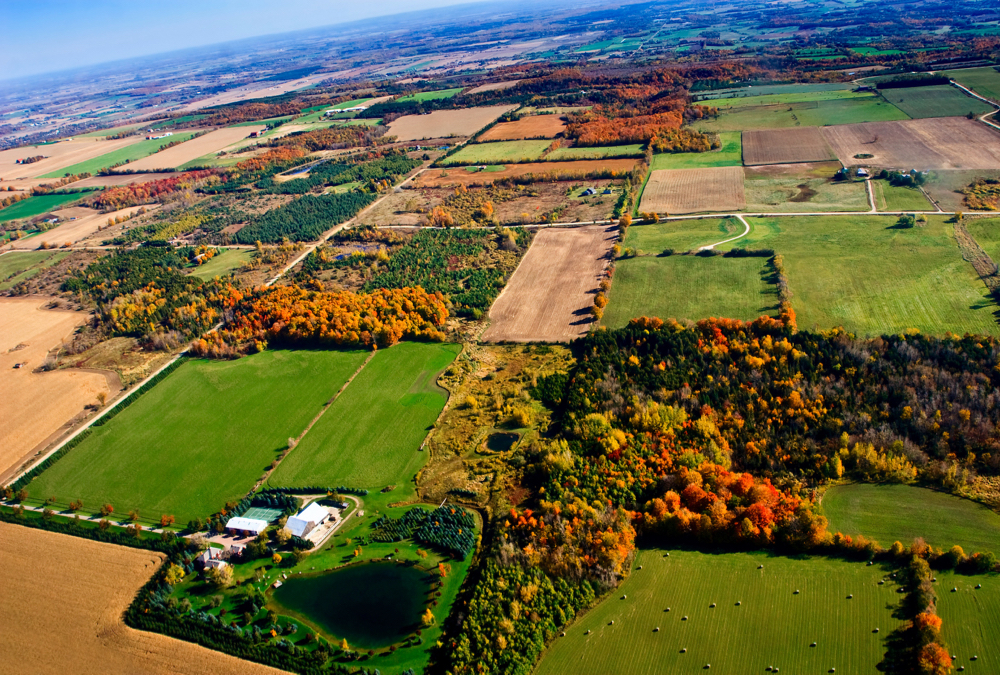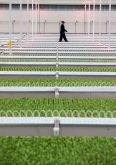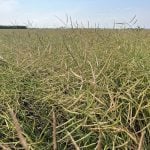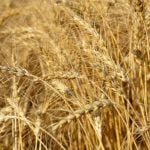A new living lab is being created in Ontario with funding assistance from Agriculture and Agri-food Canada (AAFC).
Led by the Ontario Soil and Crop Improvement Association (OSCIA), this living lab project represents an investment of up to $9.2 million over five years from the federal government under the Agricultural Climate Solutions (ACS) – Living Labs program.
Why it Matters:The funding builds on the previous living lab’s success with projects that accelerate the agriculture sector’s response to climate change through co-developing and testing new ideas in real-world conditions.
Read Also
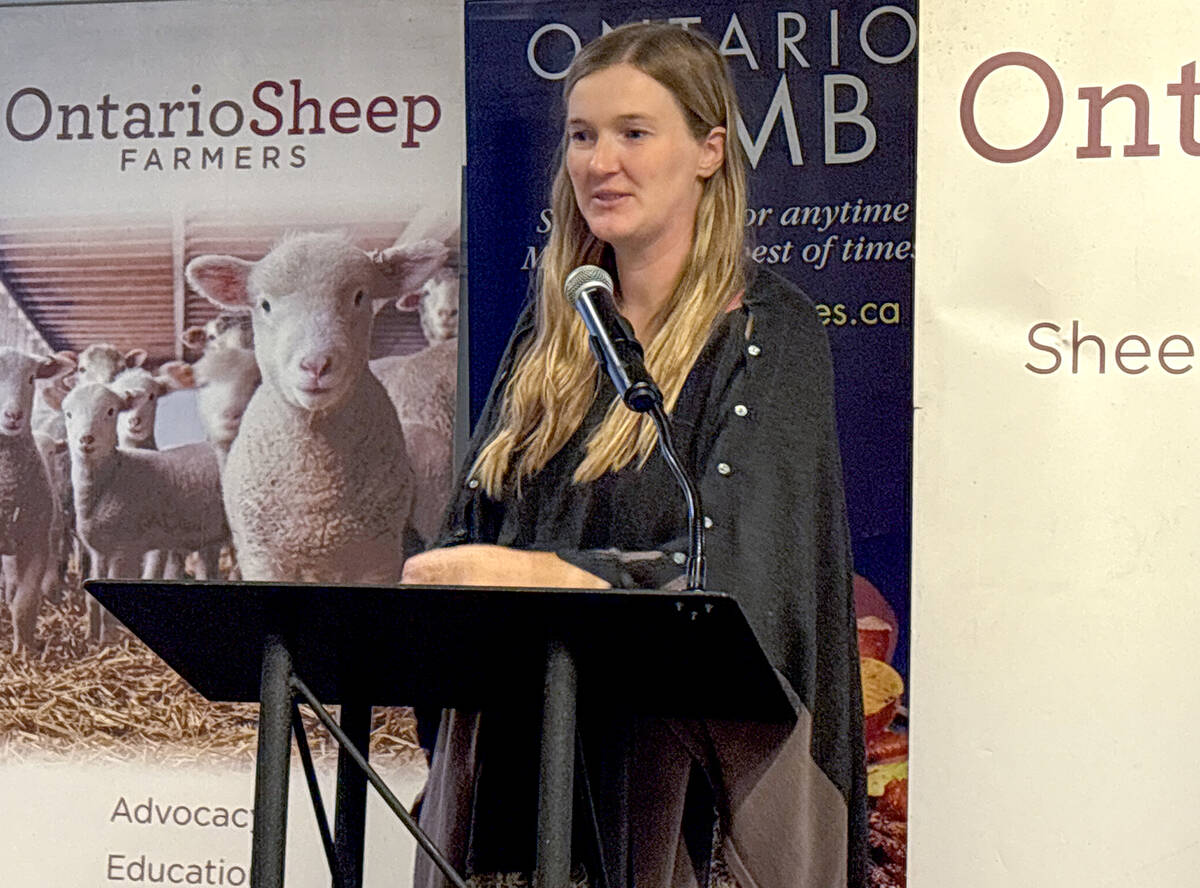
Footflats Farm recognized with Ontario Sheep Farmers’ DLF Pasture Award
Gayla Bonham-Carter and Scott Bade, of Footflats Farm, win the Ontario Sheep Farmers’ 2025 DLF Ontario Pasture Award for their pasture management and strategies to maximize production per acre.
The total funding rises to $12 million over five years once industry contributions are considered and will support approximately 50 on-farm trial demonstrations across Ontario exploring methods to store carbon, reduce emissions, and evaluate beneficial management practices (BMP) around livestock and cropping systems, nitrogen use, manure storage, landscape, and grazing management.
“Our federal government understands that smart action on climate today is an investment in a strong future for farming and farm families,” said Tim Louis, Member of Parliament for Kitchener-Conestoga. “And that’s something we need to continue to celebrate and support.”
Louis announced the funding on behalf of Marie-Claude Bibeau, Minister of Agriculture and Agri-Food (AAFC), during Ontario Soil and Crop Improvement Associations (OSCIA) Ag Innovation Spotlight event at the Grand River Agricultural Society July 20.
Alan Kruszel, OSCIA eastern valley provincial director, said linking researchers and farmers is critical but was challenging to facilitate before the living lab initiative launched in 2020. Not all research made it into farmers’ hands.
“With farmers working directly with the researchers, we can ask the tough questions,” he said. “The researchers can do the research and get us the answers we need to move ahead in a more environmentally sustainable way, and economically sustainable as well.”
Kruszel added federal acknowledgment of how critical economic feasibility is in maintaining a sustainable agricultural sector is heartening because “farmers can’t afford to do everything for free.”
“Farming is a business. We need to be able to make money to continue to produce food, fibre, and fuel for all Canadians, and it must be done profitably,” he explained. “This whole program is going to really help move that forward.”
Tracey Ryan, OSCIA applied research coordinator, said researchers and farmers approach building innovative solutions with curiosity; however, researchers want perfection, and farmers work with trends, so finding the middle ground is the goal. Unlike the initial living lab projects, this funding round will support innovation-led research and BMP adaptability at the farm level.
Pam Joosee, AAFC senior soil and nutrient specialist, said researchers and farmers would work outside of their respective comfort zones, whether it’s leaving the rigorous scientific process within labs and research plots in favour of real-time working farm trials or the on-farm meticulous record-keeping and patience required, to make the projects a success.
“Science can take a long time, and we’re looking for shorter-term benchmarks,” explained Joosee. “Because the decision-making timeframe is very different for farmers versus scientists.”
Janet Harrop, dairy farmer and Wellington Federation of Agriculture president, said the new Living Lab promotes a more inclusive approach to climate mitigation and lowers research duplication.
“(It) brings a lot of different partners together,” she said, pointing to overlapping soil and dairy research at the Elora research stations. “That we can just piggyback on and share that information. This will be a tool for dairy farmers to reach that Net Zero 2050 goal.
Karen Chisholme, Wellington County climate change and sustainability manager said being a Living Lab collaborator provides increased insight into farmers’ struggles in adopting climate and environmentally friendly practices, especially as rural municipalities dig into the connection between agriculture and climate change.
Wellington County’s proactive approach includes a recent circular economy project partnership with the City of Guelph and an Experimental Acres pilot, facilitating farmers’ developing small-scale projects.
“We have a soil scientist on staff that helped develop (the Environmental Acres), and we’re hoping it’s going to transition into a permanent program,” said Chisholme. Dufferin and Grey counties also launched trials.
Sara Wood, OFA director-at-large, said inviting multiple commodities facilitates increased market reach, idea, and resource sharing, positioning the industry better.
“Everyone’s working together in collaboration, and we’re out of our silos,” said Wood. “The best thing we can do is collaborate because the industry keeps getting smaller and more diverse.” better in the future.
Ryan acknowledges most research efforts focus on southern parts of the province. Still, OSCIA will seek opportunities to leverage collaboration with other research programs and groups to include complimentary Northern Ontario projects.
“Our project team has discussed representing that diversity. It will be a challenge whether we can have a hub or research in the north,” she said. “Just based on which researchers we have engaged and where they’re located.”
Louis said the impact of food security and climate change on the province’s northern and remote areas and the nation is on Ottawa’s radar.
“The further up north you get, the more climate change is affected, and the more food prices cost,” he said. “Things are changing, so we have to make sure we’re talking about remote areas all the way to the top.”
Ideally, the next few months will see producers and researchers developing the necessary designs so baseline data can be collected, and projects launched early in 2024, said Ryan.
AAFC said in a release July 20 it will announce new living labs in two more provinces in the coming weeks.
These new labs, along with the new lab in Ontario, bring the total number of living labs under the ACS to 14.






